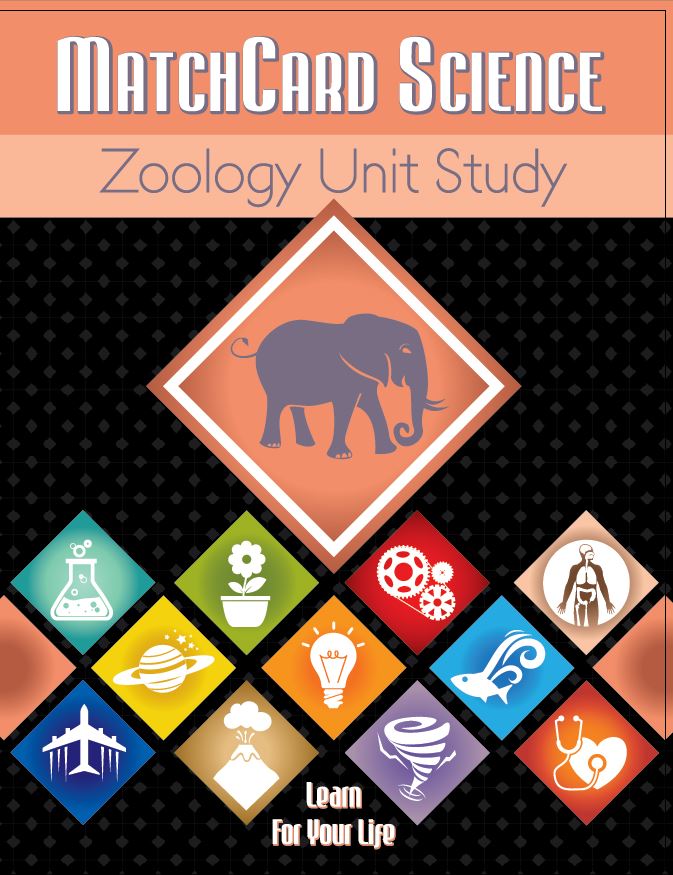Reptiles and Amphibians Worksheet
Amphibians vs Reptiles: Can You tell the difference?
Our Reptiles and Amphibians Worksheet uses a venn diagram to compare and contrast characteristics of amphibians vs reptiles for kids in 3rd to 8th grade.
Free Download Below
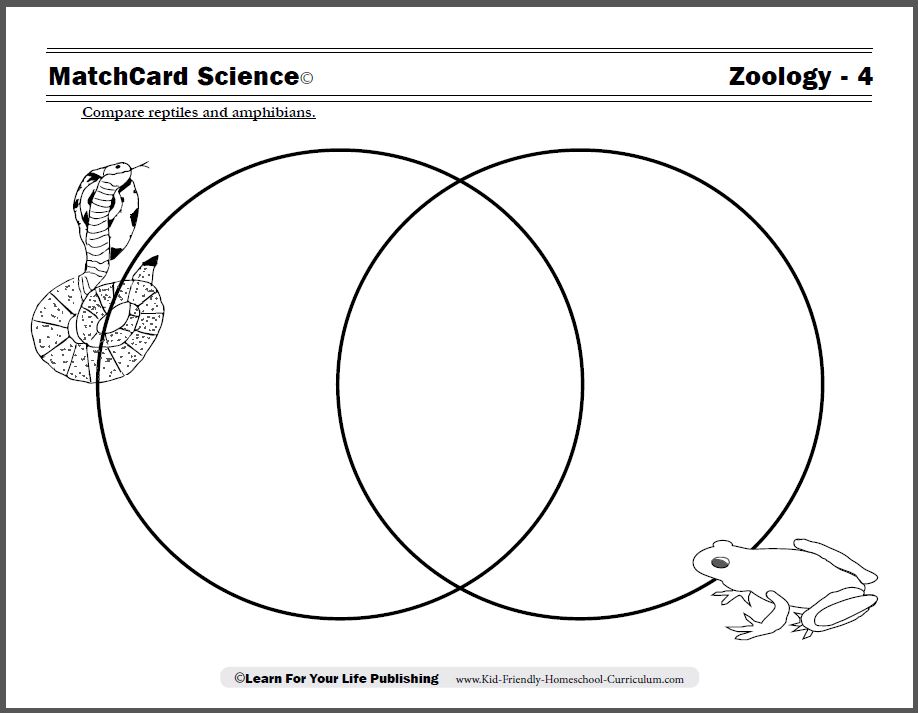
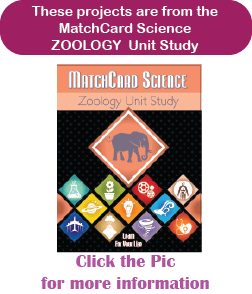
MatchCard Science Amphibians Vs Reptiles

MatchCard: Download below.
MatchCard Information Pieces have characteristics of reptiles and amphibians. Students place them in the correct location on the Venn Diagram.
Print the Amphibians and Reptiles MatchCard


This is MatchCard #4 of the Zoology Unit Study. Find more information on MatchCard Science below.
Characteristics of Reptiles and Amphibians
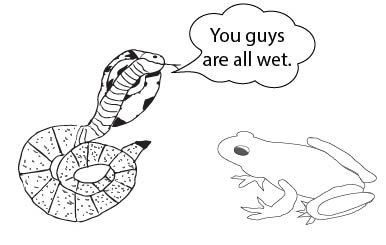
Reptiles AND Amphibians
There's a reason it is hard to distinguish between amphibians and reptiles: they share many characteristics. These traits are true of both:- Both are hatched from eggs
- Both live on land SOME of the time (amphibians live on land AND water - hence the name.)
- Both breathe air and have lungs.
- Both are cold-blooded
- Both have teeth and can bite (watch out!)
- Both have vertabrate.
Characteristics of Reptiles
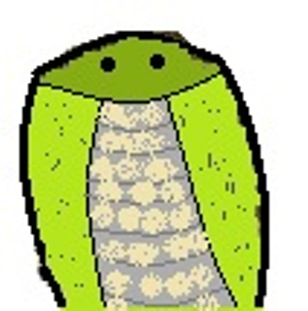
- Covered with scales
- Outer surface is dry and rough
- Weak front legs or no front legs requiring the animal to crawl (no jumping snakes, thankfully)
- Babies look like adults, same shape only smaller.
Reptiles include such friendly families as:
- Snakes
- Lizards
- Alligators and crocodiles
- Turtles
Characteristics of Amphibians

- Live in or near water
- Have gills to breathe under water as well as lungs to breath out of water
- Have smooth, moist skin, no scales
- Have webbed digits for swimming
- Undergo metamorphosis.
Students learned about metamorphosis in Zoology MatchCard #2. Think of a tadpole changing to a frog. The other amphibians also undergo metamorphosis.
Amphibians include:
- Frogs
- Toads
- Salamanders
- Newts (the four legged kind, not the political kind)
It's A Venn Thing
We have provided a Venn Diagram for students to distinguish between the amphibians and reptiles. But the first time you do it you can make a full-scale Venn. This could be either two blankets on the floor, one labeled "amphbian" and the other labeled "reptile." The blankets should be close enough that they can stand on both.As an alternative, to you can use two chairs or sofas, and they stand in the area in between for characteristics that belong to both animals.
Mix up the information pieces, call them out, and let them guess which is correct.
Afterwards, show them the correct answer.
Watch It
There are numerous documentaries are a variety of amphibians and reptiles. Many of them are accessible on YouTube. As they watch one of these, see how often they refer to any of the characteristics mentioned in the MatchCard information pieces.You Gotta Touch It
But the best way to distinguish between the two is to TOUCH them.Okay, you might not want to get too up close and personal with a cobra or a giant croc. A little discretion can be quite useful here.
But a trip to a nature center or pet store is sure make this lesson far more interesting and beneficial. So go ahead. Get in the car and go see some snakes and other reptiles and amphibians.
Tadpole to Frog
Another great project is to watch a tadpole grow into a frog. You can buy kits with live specimens if you don't happen to have tadpoles swimming around in your backyard waiting to be caught.MatchCard Science
How To Use MatchCards

Download the FREE MatchCard Science Instructor's Guide and see how MatchCards can make building their science knowledge base fun.
12 Science Unit Studies

Chemistry is only one of twelve complete unit studies for kids in 3rd to 8th grade.
Comprehensive objectives, hands-on projects, suggested science fair experiments, and the fun game-like MatchCards keep them interested in learning science. See all twelve MatchCard Science Unit Studies.
About Our Site
Hands-On Learning



